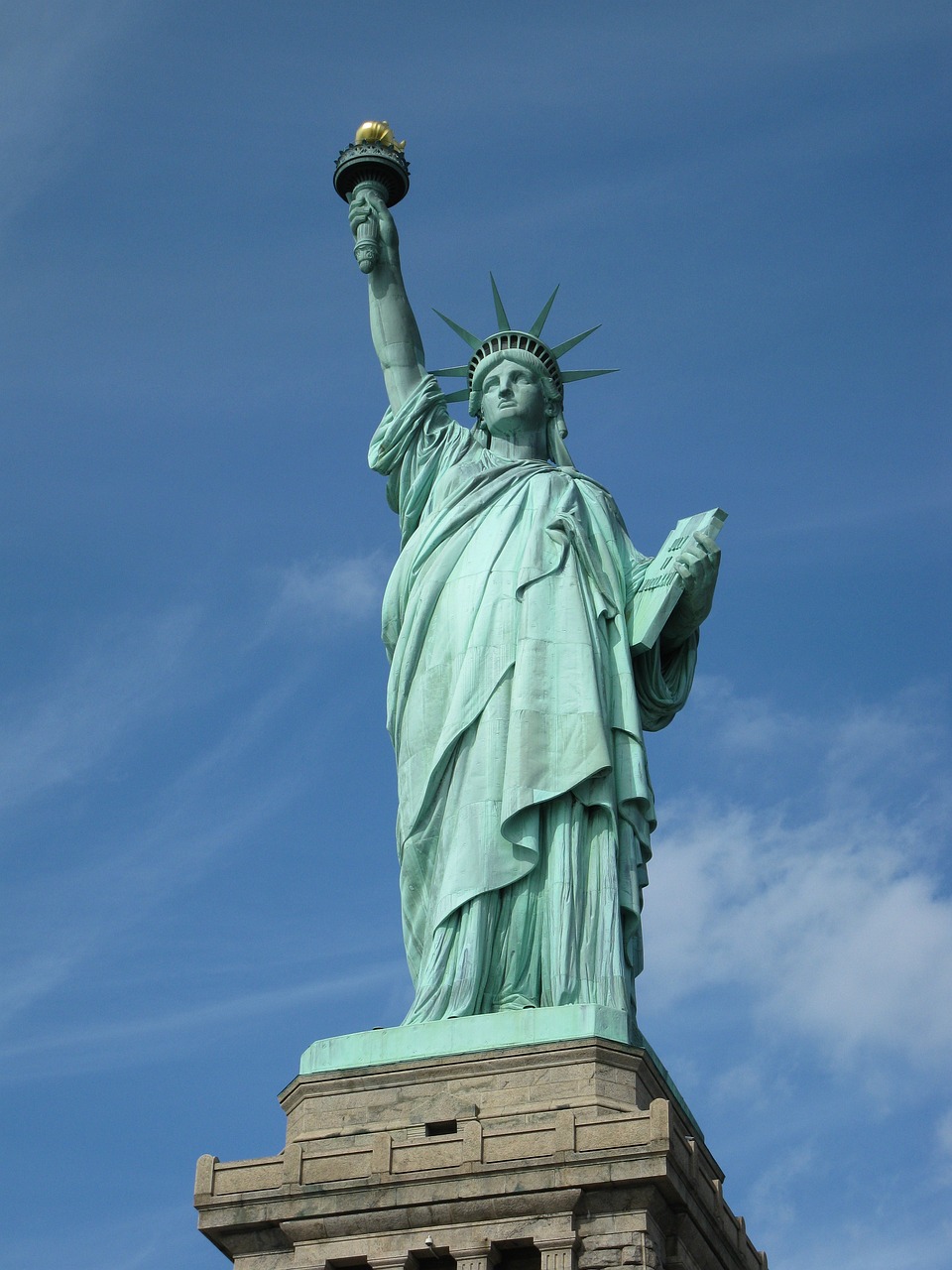On this day in 1886, President Grover Cleveland dedicated a statue in New York City. It was no simple ceremony. There was a parade from Madison Square down Fifth Avenue and Broadway to the Battery. Traders at the New York Stock exchange threw ticker tape out the windows as the parade passed, beginning the tradition of “ticker-tape parades” in New York. Shortly before 1:00 pm, President Cleveland boarded a yacht that would take him to Bedloe’s Island, where the statue had been installed.
The moment was the culmination of project proposed sometime around 1865 by Édouard René de Laboulaye, president of the French Anti-Slavery Society, in support of a Union victory in the US Civil War. The statue would be the gift of the people of France to the United States. Three goals were identified: to come up with an acceptable design, to find an acceptable site, and to raise sufficient funds.
Sculptor Frédéric Auguste Bartholdi was inspired by Laboulaye’s vision, and traveled to the United States to view potential sites. He found a promising location in Bedloe’s Island, owned not by New York but by the United States Government, and therefore the common property of all of the states. Having settled on a figure of Liberty depicted as a goddess holding aloft a torch in her right hand, he began to work on several design possibilities. He originally planned to place a broken chain in her left hand, but considered this might be too divisive in a country still struggling to recover from civil war. Instead, he placed a tablet invoking the concept of tables of law, transcribed with the date of the Declaration of Independence. Even so, Liberty is not standing, but striding forward across the broken chains at her feet.
Forty-six meters tall, over 150 feet, the copper statue stands on a pedestal itself over 150 high: the torch burns 305 feet above New York’s harbor waters, visible from far out at sea. For nearly 150 years, the Statue has been a symbol of hope to people seeking a better life. Replicas stand in harbors and cities around the world, in Paris and Austria, Ireland and Kosovo, Barcelona and Lviv, Shenzhen and Tokyo, Lahore and Taipei, images of freedom and possibilities for the future.
I can’t help wonder what hopes and dreams my grandparents imagined when they first saw it on April 19, 1910, as the Kronprinzessin Cecilie from Bremen reached New York City, carrying them, their children, and their few possessions to a new life in a new world.

